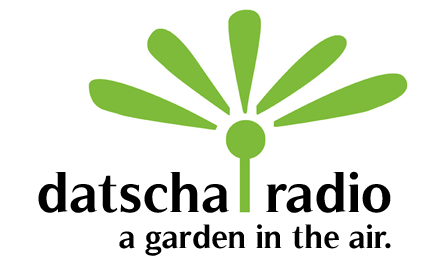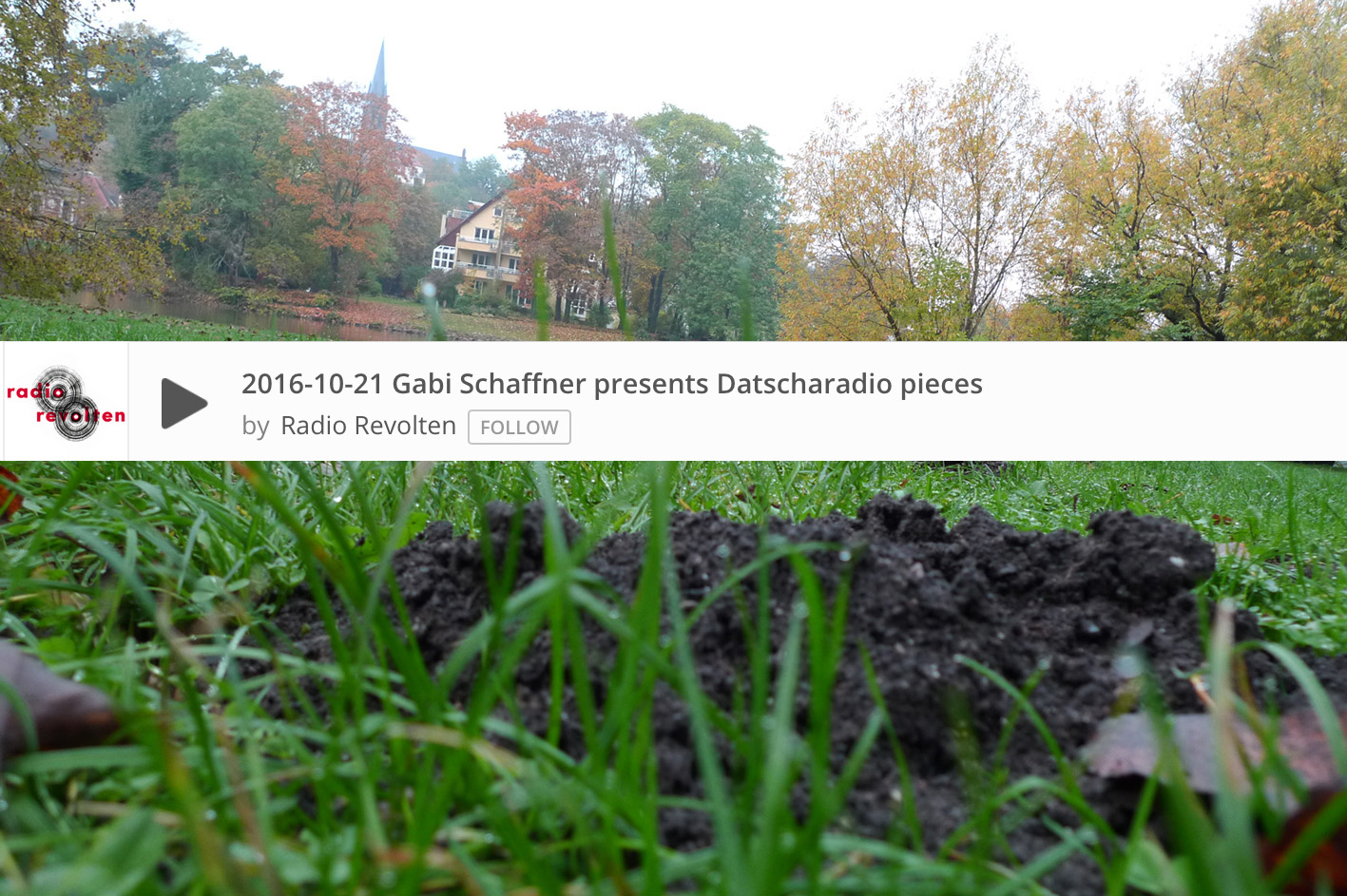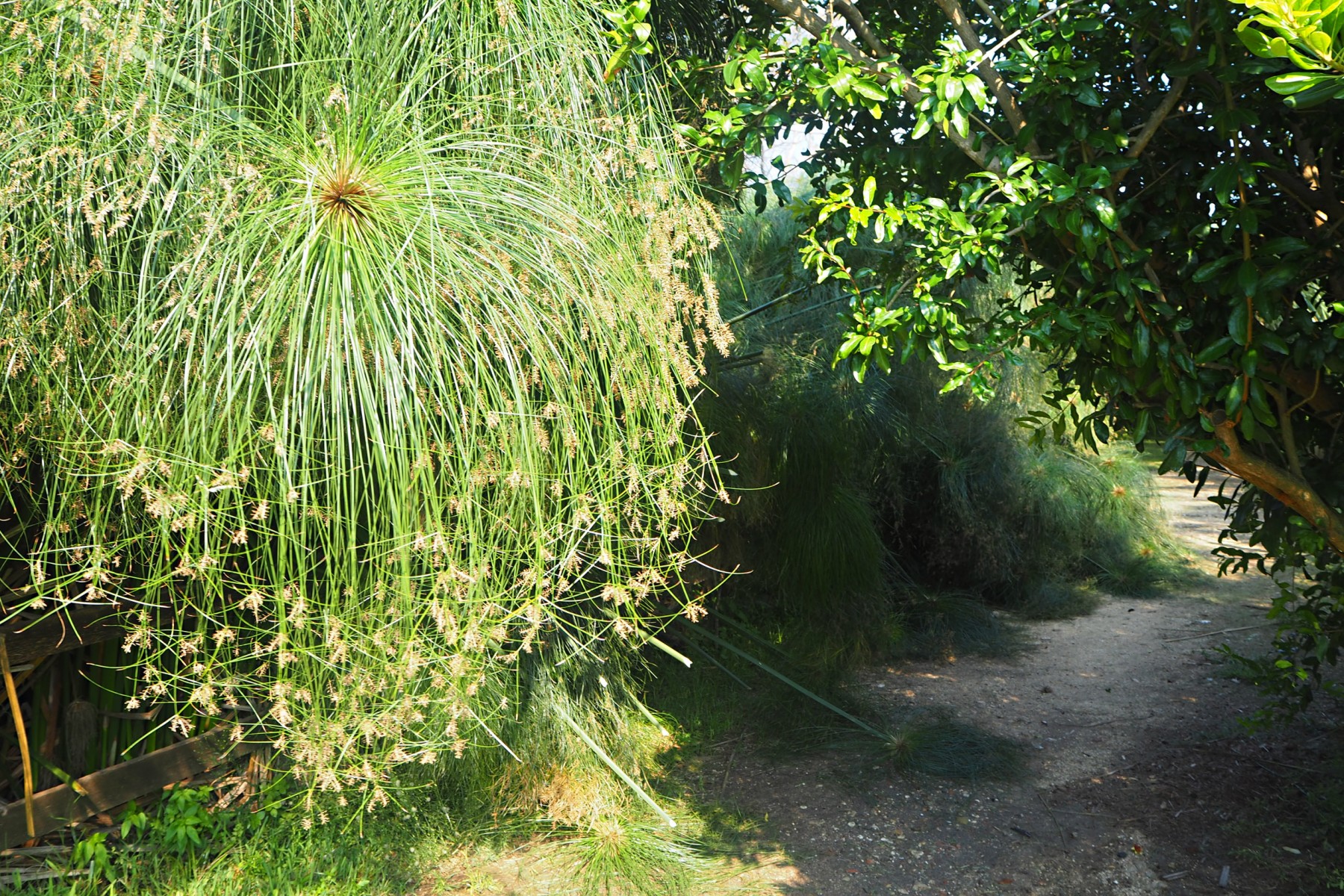Die Radiosendung vom 21. Oktober jetzt online: Frau Schaffner gräbt in ihren (Datscharadio-) Archiven nach akustischen Regenwürmern, die sie aus der Gartenerde klauben kann. Zu erwarten sind u.a. kleine Rasenmäher-Symphonien und einige Studiogäste, die auch das bestäuben, was ihnen fremd ist. Mit Mark Vernon.
Read More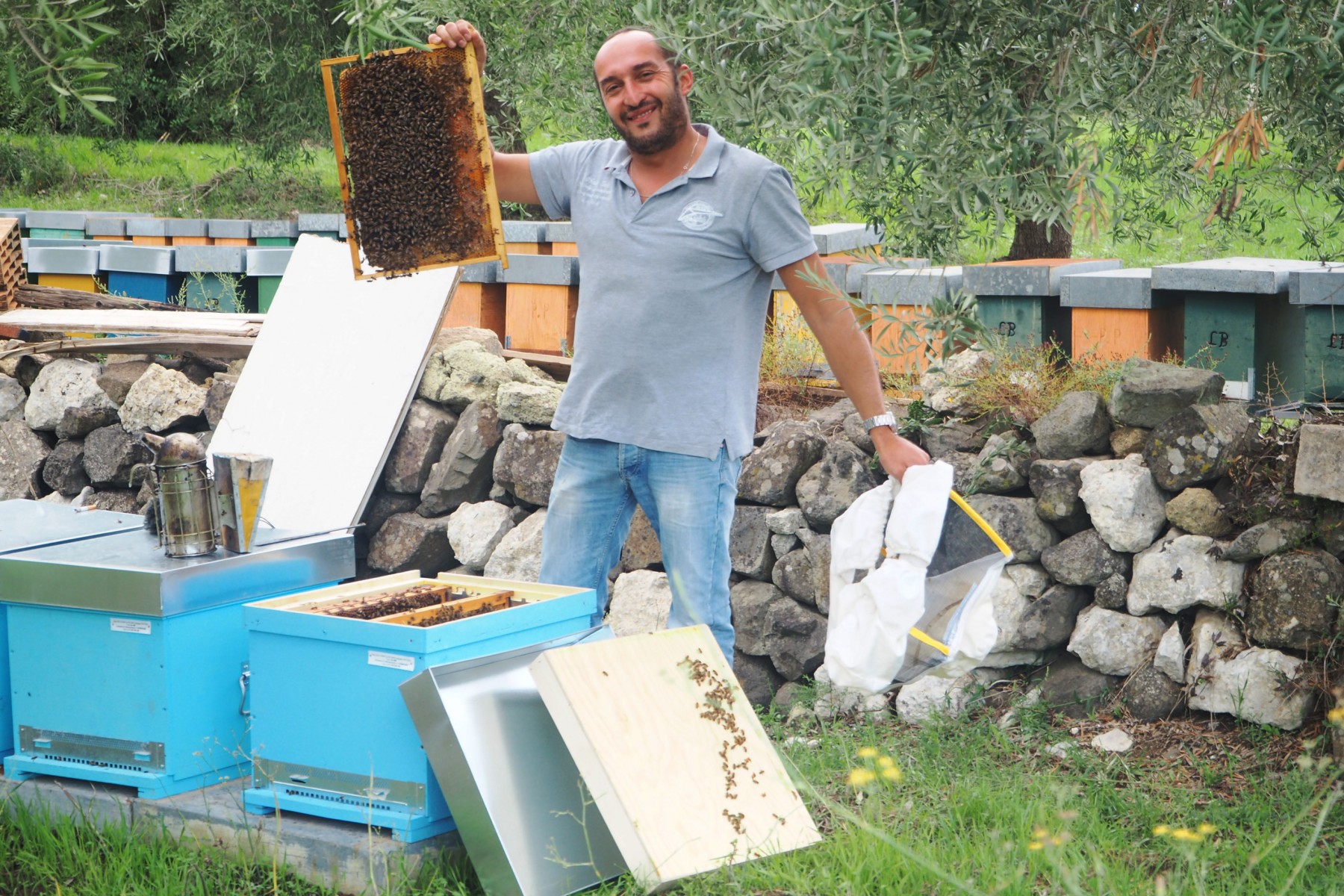
[Übersetzung folgt] The Sortino Honey Festival starts on the 23rd of September, a three day fiesta dedicated to this most cherished product of the region: Hyblean Honey. A definite reason to visit one of Sortino’s most reknowned bee farmers.The honeys of the Sortino region are famous for their delicate aromatic mixture of sweetness and character. The honey making culture here is one of the oldest in the world. Hyblean Honey is only produced within a small region of Sicily and the towns of Sortino, Ragusa and Ferla belong to the heart of it.
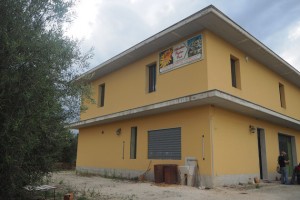
Gianfranco Pagliaro is a beekeeper in the 4th generation already. There are 4-5 professional apiculturists made their home in the region and there are many more that produce on a smaller and more private scale.
Signore Pagliaro owns about 400-500 hives that are located in different parts of the country. Asked about the amount of honey that gets produced in a year, he says that this can be very different, depending on the weather and the flowering seasons of plants. Our aim that day was twofold: a) recording the sound of bees in their box b) capturing a true Sicilian song. Together with the musician Sebastiano, Gianfranco and me set our to visit his farm that is located some kilometres outside of town.
The wide room inside the farm hosts three big steel containers, a work table, staples of new as well as used bee homes; a side room serves as an office. The containers currently hold three kinds of honey: Thyme, Millefiori and Eucalyptus.
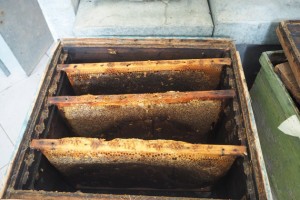
To keep the bees from stinging while putting the microphones into the bee box Gianfranco brings up a traditional “smoke machine” with an attached bellow:
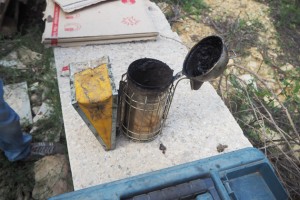
While the recording is made, Signore Pagliaro comes forth with his truest treasure: a spirit made from honey. Each beekeeper of the region does his/her own version of this but all of them keep the recipe secret, it is only delivered from father to son.

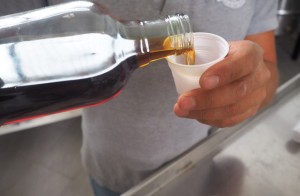
In order to describe its taste one would have to write a poem… enough said!
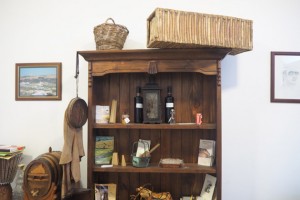
In his office Gianfranco shows us the picture of his grandfather fabricating one of the boxes then used as beehives by hand. One of these still sits on top of his shelf.
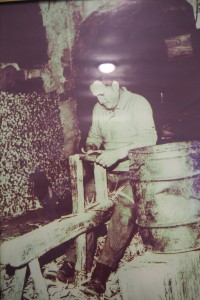
Of course we have a degustation. While Millefiori (onethousand flowers) is the offinical “wildflower honey” of Siciliy and probably the one best known in the world, Signore Pagliari also produces thyme honey and the eucalyptus and orange blosssom kinds. Thyme is the sublest in taste while eucalyptus is the darkest, in mood as well as in colour. There was no orange blossom honey this year, alas: It has been unusual and the reason for it is unknown yet, but the flowering of the orange trees this year was very poor and so: No orange blossom honey in 2016!
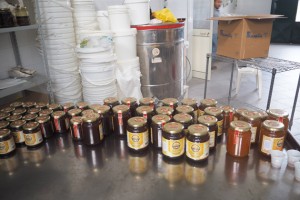
After tasting the honey and some more shots of the miraculous honey spirit we came to the musical part.

All recordings can be accessed on this blog, not now though, but in a later update :)
Read More
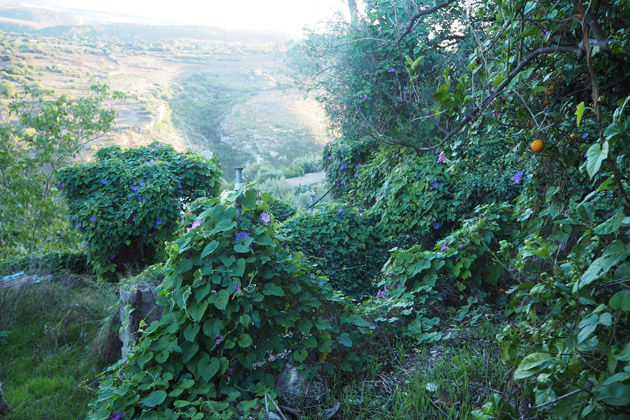
The garden of the Cappuccine convent in Sortino lies deserted, enclosed by high walls, and less than 2% of the inhabitants have ever set a foot into it. Padre Matteo opened its doors for us. A former orchard and herb garden that hasn’t been tended for years. It is overgrown with Iopomea, oranges lie in the grasses, giant fennel (Ferla) stalks stand briskly in your way. There are olive, almond and lemon trees. Crumbling stone steps lead up to the high cedars that flank the North side of the enclosure. To the South we can see the lands of prehistoric Pantalicca and the valley of the invisible river – “Anapo” means invisible and it is called like that because this river disappears three times in the ground and resurfaces again.
Read More
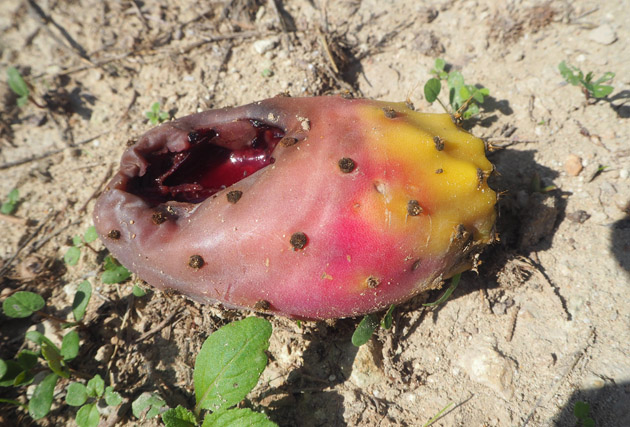
Hätte die Schlange uns anstelle des Apfels eine Kaktusfrucht angeboten (Opuntia ficus-indica), wären wir heut immer noch unschuldig – wenn auch bedeckt mit kleinen entzündeten Beulen…
Die Sonne brennt, die Sicht verschwimmt in der Hitze, und der Boden des Kaktushains nahe dem Strand von Fontane Bianche ist voll mit pieksendem Unkraut und umher kullernden Kaktusfeigen. Deren winzige, mit Widerhaken versehene Stachelpolster können bösartig sein, daher sammle ich sie mithilfe einer Plastiktüte (statt Lederhandschuh) auf. Aber so oder so stecken doch ein paar dieser heimtückischen Glochidien in meiner Haut. Dazu stellt sich heraus, dass die Stachelchen vollkommen ungerührt auch Plastik durchstechen können.
Transportlösungen:
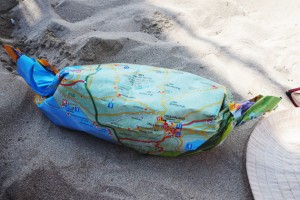
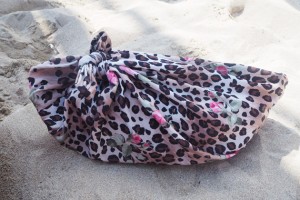
Wikipedia liefert ermutigende Infos zum Thema:
Glochidien (singular “Glochidium”) sind haarfeine Stacheln, im allgemeinen mit Widerhaken versehen, die um die Areolen von Kakteen der Familie der Opuntien gruppiert sind. Diese Glochidien fallen leicht von der Pflanze ab und verhaken sich in der Haut, wo sie Reizungen hervor rufen können. Verbleiben die Glochidien in der Haut, kann dies eine monatelang andauernde Dermatitis zur Folge haben.
Glochidien sind schwer zu entfernen. Bei dem Versuch sie herauszureißen bleiben die ca. 20-30 Mikrometer großen Widerhäkchen in der Haut stecken und verursachen dort eventuell Granulome (geschwulstähnliche Gewebeneubildungen). Probiert man, die Stacheln heraus zu lecken oder zu saugen, könnten sie sich an der Zunge verankern. Bekannte Methoden die Glochidien loszuwerden beinhalten die Verwendung von Heftpflaster, das hinterher abgerissen wird und heißem Wachs wie es bei der Haarentfernung gebräuchlich ist. Martinez et al. untersuchten verschiedene Methoden um Glochidien aus der Haut von Hasen zu entfernen. Sie prüften dabei die Verwendung von Pinzetten, Klebstoff, Unterdruck-Atemmasken, Klebeband, Paketband und Pinzettenanwendung in Verbindung mit Klebstoff.
Die effektivste Methode war die Pinzette, wobei 76% der Stacheln entfernt wurden. Eine weitere Methode bestand im Auftragen einer dünnen Schicht Haushaltskleber, der mit dünnem Mull bedeckt etwa eine halbe Stunde lang antrocknete und dann abgelöst wurde: 63% der Glochidien waren damit erfolgreich entfernt. Die Atemmaske sowie die Klebebänder erbrachten 40% und 30% Stachelausbeute. Allerdings zeigte sich hier drei Tage später eine höhere und länger andauernde Entzündungsrate als gänzlich ohne Behandlung. Wiederholte Anwendungen mit Klebeband verbesserten das Ergebnis nicht. Nach Martinez besteht die effektivste Methode darin, erst den Großteil der Stacheln mithilfe einer Pinzette zu entfernen und den Rest mit Haushaltskleber anzugehen. Hierbei beträgt die Erfolgsrate 95 %.
Pinzetten gab’s keine im Haushalt. Soweit aber ist trotzdem alles ok und in der Tat schmecken die Kaktusfrüchte eigentlich ganz gut und sehen innen wirklich wie Feigen aus.
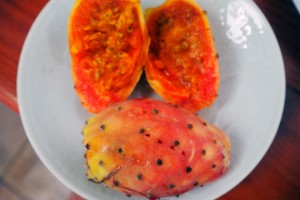
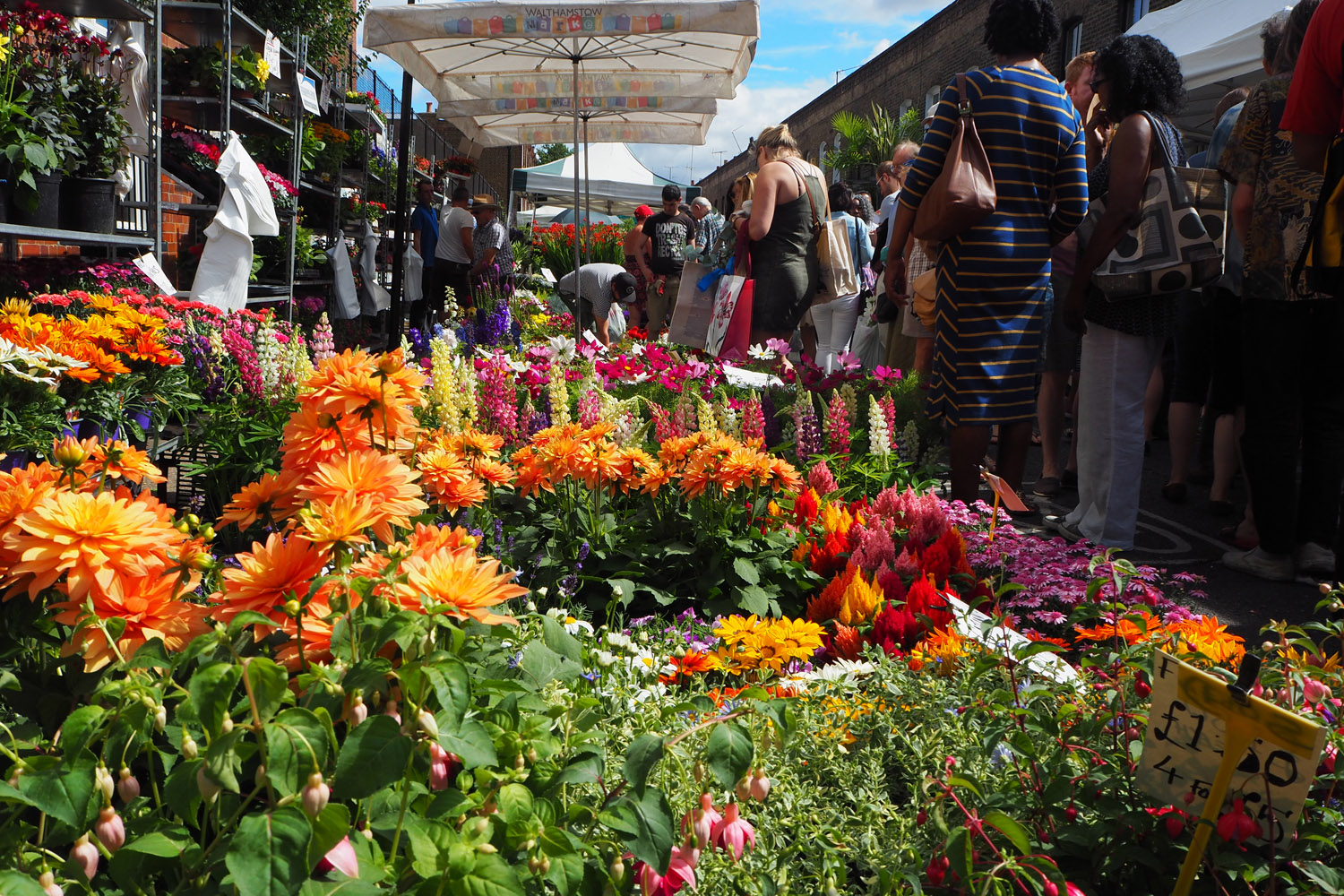
Der Blumenmarkt in der Colombia Road im Osten Londons… Farbexplosionen und großes Durcheinander von Stimmen, Tüten, Händen und Hüten.
Hier ein paar Ansichten:
Read More
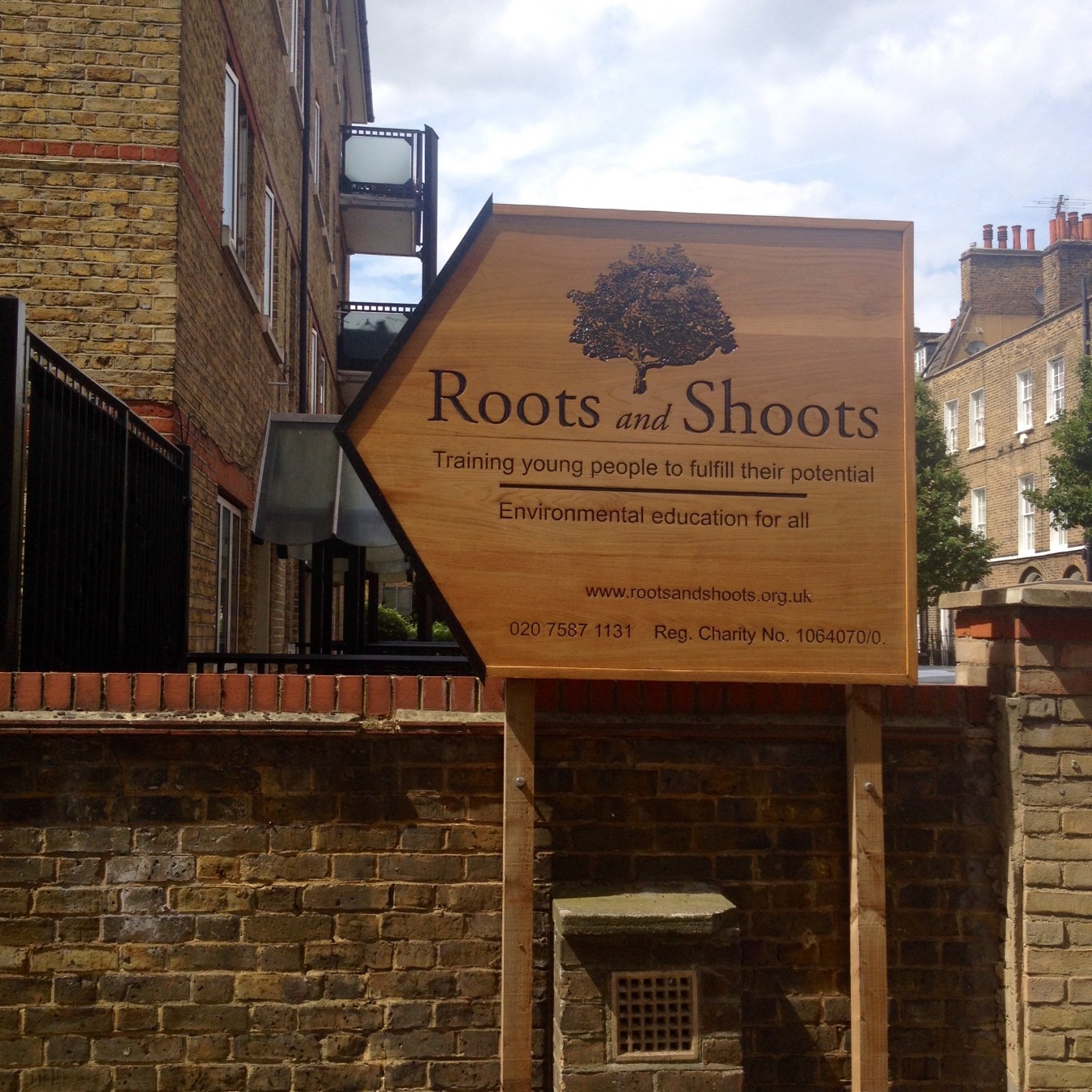
London im August, Besuch bei Roots and Shoots: Seit 32 Jahren besteht dieser Garten inmitten des Stadtteils Lambeth. Gründerin Linda Phillips führt mich auf verschlungenen Wegen durch ein Labyrinth von Beeten, Wildwiesen und Apfelspalieren. Das Biotop von Roots and Shoots entfaltet sich auf weniger als einem halben Hektar ehemaligen Industrielands inmitten der Stadt. Begonnen als ein Community-Projekt, wird der Garten inzwischen von einer Reihe Stiftungen, Wohltätigkeitsorganisationen und der Stadt London unterstützt. Roots and Shoots bietet benachteiligten Jugendlichen die Möglichkeit sich neue Fähigkeiten anzueignen, arbeitet mit Schulklassen und internationalen Umweltorganisationen zusammen, fördert Nachbarschaftsaktivitäten und ist unermüdlich in seinem Bestreben die Welt und das Denken zu begrünen.
Auch sonst war Datscha Radio in London nicht faul und daher in Kürze auf diesem Blog:
– Audiowalk durch Roots & Shoots inklusive Besuch der Drachenhöhle + Galerie
– Audiowalk Blumenmarkt Columbia Road + Galerie- Gespräch Wildblumengarten des NaturkundemuseumsWebseite: Roots and Shoots
Fotos: Gartentor, Ansicht Garten, schlafender junger Fuchs bei Teich, Guave in “Paradise Corner” (in memoriam William Blake)
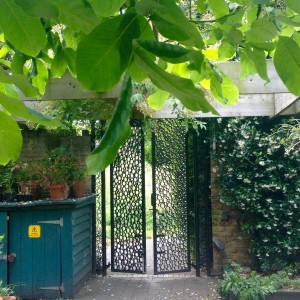
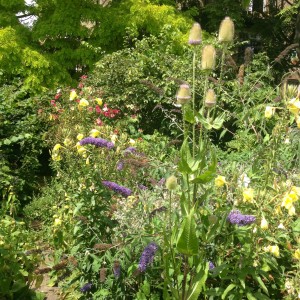
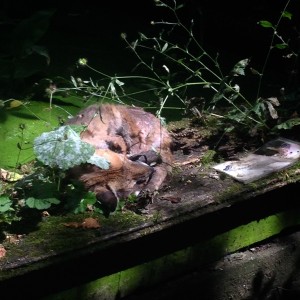
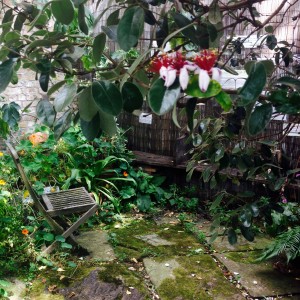
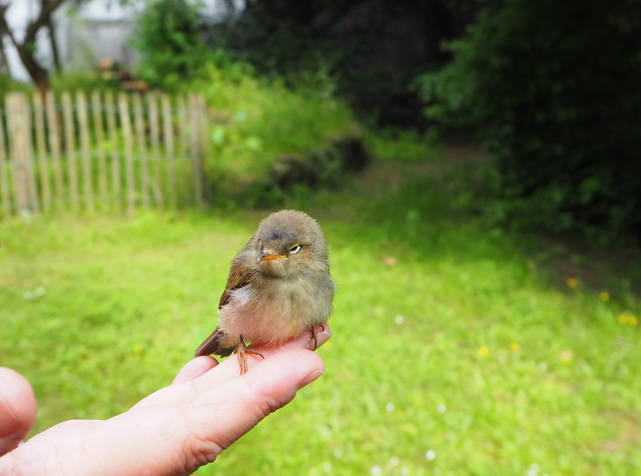
Ein junger Zilpzalp fiel aus dem Nest und muss gleich wieder in seine Pappschachtel zurück: Besuch bei der Staatlichen Vogelschutzwarte für Hessen, Rheinpflaz und Saarland in Enkheim, Frankfurt. Im Gespräch mit dem Leiter, Herrn Dr. Martin Hormann, kamen neben den “liederlichen Nestern” der Ringeltaube, der Vielweiberei des Zaunkönigs, der Bedeutung des Eichelhähers für den Fortbestand der Eichenwälder auch die schmutzigen Abwehrtaktiken der Wacholderdrossel zur Erwähnung. Sollte es im Garten ein Problem mit Elstern geben: Die Wacholderdrossel schafft beeindruckende Abhilfe:
Außerdem einige Ansichten von Vogelhäusern, die den speziellen Nistbedürfnissen und Größen der Vögel angepasst sind.
Read More
It’s a very modest sign that announces the “Piccolo Zoo” just across the road behind Syracusa’s archeological park. A papyrus [Cyperus papyrus] lined gravel road leads to a gate that opens into a garden-like picknick zone operated by Angelo (and his family) who is in charge of a multitude of hens, roosters (permanently crowing), ducks and more ducks, geese, parakeets, canaries, pheasants, two swans (at least) plus a wire confinement lived in by guinea pigs, rabbits, goats and probably still something else. The garden design is enhanced by glass balloons, vases, broken plaster remants and white enamelled chairs and tables. Apart from tending the picknick area and gardening, he might even be the creator of the two giant paper-maché heads towering behind the bushes.
The “Piccolo Zoo” is at the same time one of the places where the art of making paper from the papyrus plant is explained and administered. A wooden hut in the middle of the premises serves as a semi-touristy but very charming selling point of the fabricated sheets. The town of Syracuse has its own paper museum which certainly gives ALL information about the history and the process of paper creation. But the “Little Zoo” has something “airy-fairy” about it that is hard to grasp. Last but not least the wooden hut is wonderfully climatized– an absoute blessing today!
Read More
